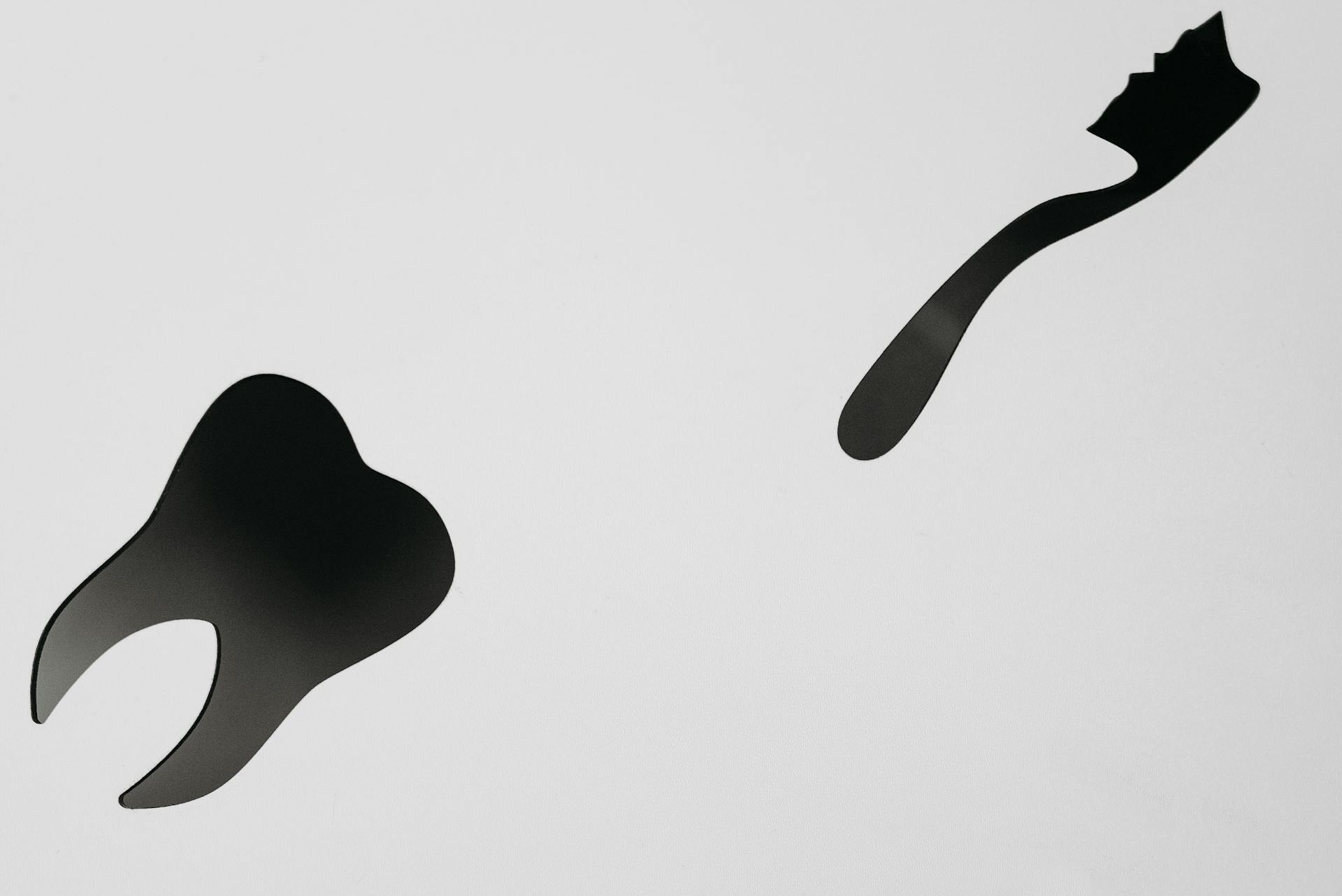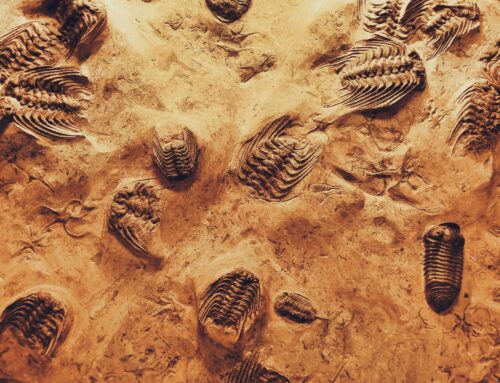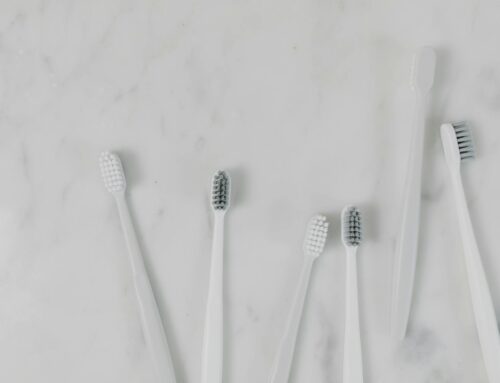A team of researchers have carried out research in an attempt to validate the findings of a previous study into the detection and diagnosis of Molar Incisor Hypomineralization. This is an oral health condition which causes many problems. Early detection is important, which makes research into this condition crucial.

New research that sought to confirm the findings of a previous study into Molar Incisor Hypomineralization (MIH) has finished, with interesting results [1].
MIH is a condition that impacts a lot of people, especially children. Therefore, being able to detect problems at an early stage is important.
The research involved the use of artificial intelligence (AI), which continues to play a key role in the technological development of the field of oral health.
What is Molar Incisor Hypomineralization?
Molar Incisor Hypomineralization (MIH) is a condition that affects the teeth. It involves the enamel being softer than normal [2].
Therefore, sensitivity, tooth decay or even crumbing teeth are common consequences. This can cause pain, teeth to fall out, and self-esteem concerns.
MIH is normally first noticed when adult teeth come into the mouth – which is usually aged around 6 to 7 years [2]. Multiple teeth can be affected by MIH, or sometimes just one or two teeth are impacted.
Treatment options are available, but they are typically costly and invasive. Sometimes, teeth need to be removed, with implants inserted.
MIH is relatively common. In the United Kingdom, one study found that 1 in 8 children has MIH [3]. Diagnosing MIH early on is helpful, with the new research seeking to assist with this.
The Research
The research was carried out by a team from the Ludwig Maximilian University of Munich in Germany. Their findings have been published in the Science Direct journal [1].
The researchers aimed to follow-up a ground-breaking study from 2023. The 2023 study introduced an AI model for detecting MIH – something which had not been done before [4].
The researchers of that study were able to develop an AI-based algorithm that was capable of detecting, classifying and localizing MIH [4].
But there were concerns over the small sample size of that research study. Therefore, the team from Germany wanted to validate the AI-based model, and test its true effectiveness [1].
To do so, the researchers presented dentists with 455 images of teeth. 277 of these images represented people with MIH, with 178 images not [1].
The dentists were asked to review the images and conclude which of the images had MIH, and which didn’t. This involved significant manual work, with the group of dentists having to go through all 455 images, one-by-one [1]. They eventually reached their conclusions.
Then, the researchers introduced the AI-based model from the previous 2023 study. The model rapidly analyzed all 455 images and detected (based on machine learning) if MIH was present [1].
The decisions of the AI-based model were then cross-referenced with the decisions from the dentists. For the AI-based model to be deemed effective, the team were aiming for a score of 80%.
However, the research team were able to achieve a very impressive 89.2% accuracy rate for image-based detection of MIH [1]. Therefore, the AI-based model was highly effective, and was able to detect MIH in most instances.
The major advantage is that the AI-based model was able to produce almost instantaneous results, which contrasts with the manual observations from the dentists.
Summary
These findings are very helpful. This AI model would enable dentists to see quickly if their patient has MIH, rather than having to carry out a thorough – and time-consuming – check for potential signs of MIH.
This will allow for early detection, with this aiding treatment outcomes. As soon as the MIH has been diagnosed, treatment can commence.
The researchers were pleased to be able to validate their findings, saying that “for the first time, an AI-based model for automated detection of MIH in dental photographs at the pixel level was subjected to external validation” [1].
Overall, this research is promising, and is likely to have a positive impact on the detection and treatment of MIH.
Thinking points…
[1] Do you, or anyone you know, have MIH? This is a condition that should be treated, and can improve oral health significantly as a result. If you do have MIH, your dentist should notice this at your next check-up. They can discuss treatment options with you, with the aim of improving the look and feel of your teeth!
[2] You may not have heard of MIH before reading this article! With this in mind, there are many other dental problems that you may be unaware of. Therefore, you should ensure that you visit the dentist for a check-up regularly, as the dentist will be able to spot any problems. It is recommended that you visit at least twice a year. We recommend that you book a check-up now!
What we offer at Taradale Dental
Taradale Dental is a dental clinic based in Calgary, Alberta, Canada. At our Calgary dental clinic, we provide a range of services for our patients.
We advise our patients to attend our Calgary dental clinic at least twice per year for a regular dental check-up. At these check-ups, we provide a comprehensive review of a patient’s oral health. If any problems are detected, we have many treatments available. For example, these include cavity fillings and root canals. To strengthen your oral health, we recommend brushing your teeth at least twice a day and flossing regularly.
Here at Taradale Dental, we also have some cosmetic treatments available! These include dental implants, teeth whitening and Invisalign™! Our patients find that these treatments have a positive impact on their appearance, confidence and self-esteem.
Moreover, the fees of our treatments at our Calgary dental clinic Taradale Dental are set in line with the Alberta Dental Fee Guide. This ensures transparent and fair pricing, with no hidden costs.
We hope to see you soon at our Taradale Dental clinic in Calgary! You can find out more about us by visiting our website https://taradaledental.ca/!
References
[1] Neumayr, J., Frenkel, E., Schwarzmaier, J., Ammar, N., Kessler, A., Schwendicke, F., Kuhnisch, J., & Dujic, H. (2024). External validation of an artificial intelligence-based method for the detection and classification of molar incisor hypomineralisation in dental photographs. Journal of Dentistry. 148 (105228). DOI: https://doi.org/10.1016/j.jdent.2024.105228.
[2] Almuallem, Z., & Busuttil-Naudi, A. (2018). Molar incisor hypomineralisation (MIH) – an overview. British Dental Journal. 225. p601-609. DOI: https://doi.org/10.1038/sj.bdj.2018.814.
[3] British Society of Paediatric Dentistry. (2020). Molar Incisor Hypomineralisation. Available: https://www.bspd.co.uk/Portals/0/MIH%20statement%20final%20Jan%202020.pdf. Last accessed: 25th September 2024.
[4] Felsch, M., Meyer, O., & Schlickenrieder, A., et al. (2023). Detection and localization of caries and hypomineralization on dental photographs with a vision transformer model. NPJ Digital Medicine. 6 (198). DOI: https://doi.org/10.1038/s41746-023-00944-2.


